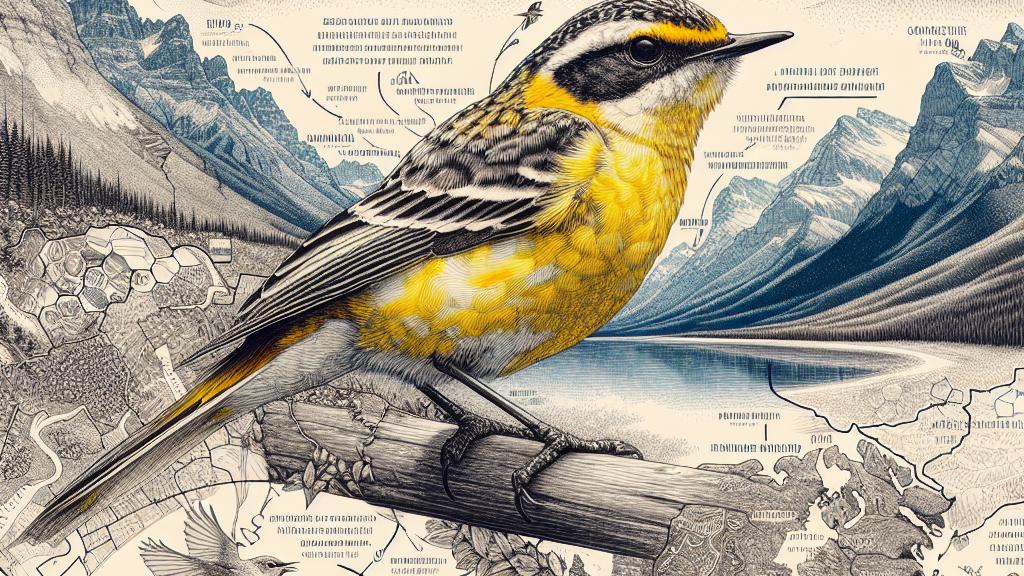Understanding Bird Migration for Conservation
Overview
- Bird migration is a fascinating process vital for species survival, enabling them to avoid harsh winters and locate food.
- Dedicated scientists like Ana Gonzalez collaborate internationally, tracking and protecting endangered species through innovative research.
- Effective ecosystem management not only preserves habitats but also supports the long-term survival of migratory birds across the globe.

Migration Patterns
Bird migration is a compelling phenomenon that showcases the incredible resilience and adaptability of wildlife. Take the yellow-breasted chat, for instance—a small but charismatic bird that breeds in southern British Columbia and southwestern Ontario, only to migrate thousands of miles to Mexico and Central America for the winter. In 2001, there were just 25 breeding pairs left in the Okanagan Valley, highlighting a troubling trend of decline. Thanks to concerted conservation efforts, however, their population has pleasantly exploded to over 250 pairs today! Such success stories reinforce the crucial importance of protecting migratory routes; this interconnectedness between breeding areas and migratory destinations exemplifies how every piece of habitat counts.
Conservation Efforts
Leading the charge in these conservation initiatives is Ana Gonzalez, a passionate ornithologist dedicated to safeguarding migratory birds. Her groundbreaking work involves collaborating with local scientists in Mexico, where they study these birds during the winter months. One exciting element of their research is the use of radio transmitters to tag individual birds, providing real-time data on their movements. This shared endeavor not only uncovers fascinating insights into the challenges birds face—such as habitat destruction and extreme weather patterns—but also emphasizes the critical role that international teamwork plays in conservation. When scientists unite across borders, they magnify their impact, shining a powerful light on the collective responsibility we all bear to protect our natural world.
Holistic Ecosystem Management
Ecosystem management is not just an abstract concept; it is a practical framework that recognizes the intricate relationships between wildlife and their environments. Through holistic approaches, like those championed in the UN Decade on Ecosystem Restoration, we can breathe life back into degraded ecosystems around the world. These efforts do more than safeguard habitats for migratory birds; they ensure vital ecosystem services, such as clean water and food security, for local communities. For instance, sustainable practices in the Amazon rainforest prevent deforestation, supporting both wildlife conservation and the livelihoods of nearby residents. Importantly, embracing ecosystem management highlights our shared responsibility for maintaining the planet’s health. It invites us all—scientists, policymakers, and individuals alike—to work together to create a sustainable future where both people and nature can thrive.

Loading...